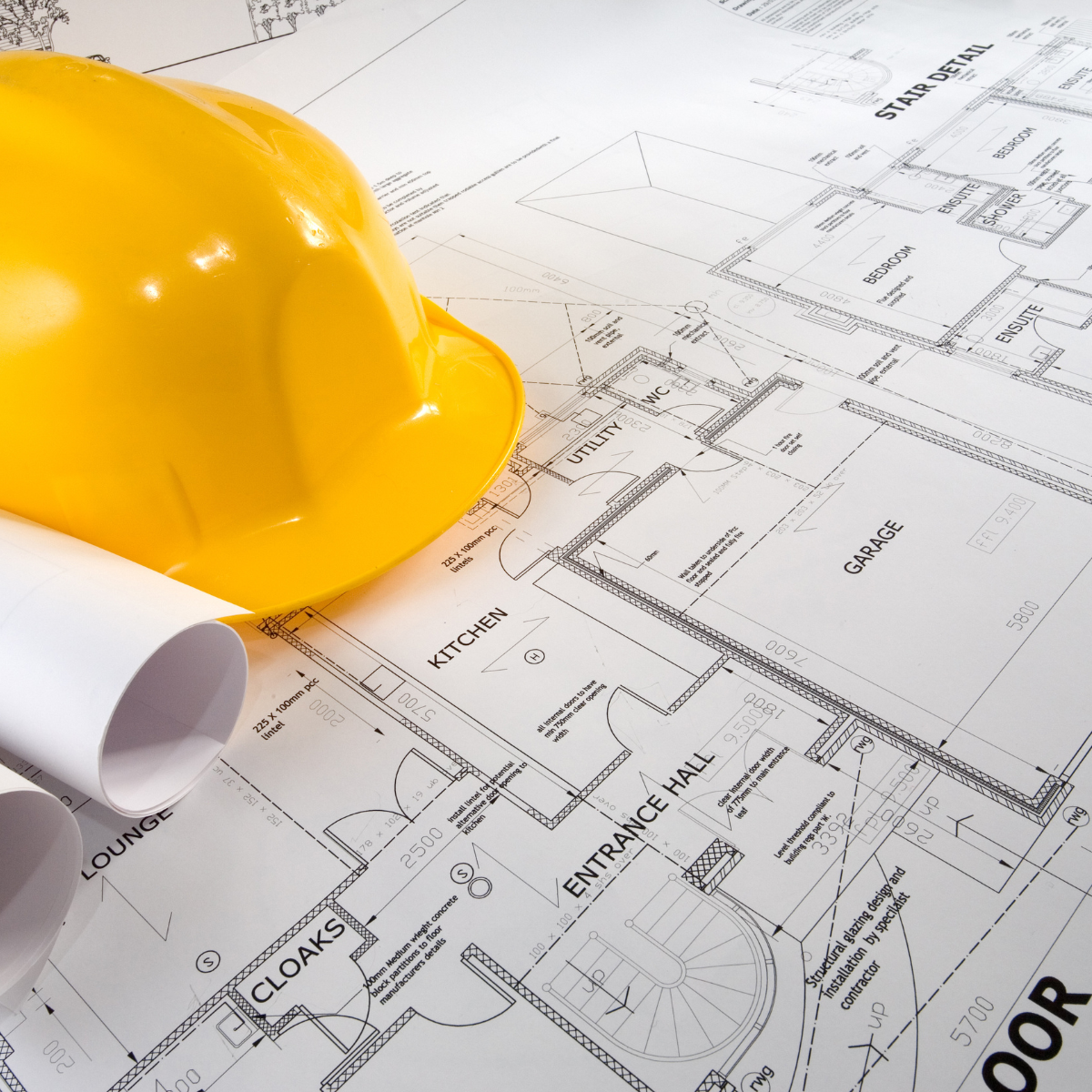In the construction industry, where innovation and efficiency are key to success, the Research and Development (R&D) tax credit is a powerful yet underutilized tool for small to medium-sized construction companies. Often perceived as the domain of tech giants and manufacturing behemoths, the R&D tax credit holds significant potential for the construction industry, offering financial incentives for activities many businesses already undertake.
Demystifying the R&D Tax Credit in Construction
At its core, the R&D tax credit rewards companies for engaging in activities that contribute to developing or improving products, processes, techniques, inventions, or software. In the construction context, this can encompass a wide range of activities, from developing new construction materials and techniques to improving existing processes for efficiency and safety.
Contrary to common misconceptions, you don’t need to be operating a dedicated research lab to qualify for the R&D tax credit. Everyday problem-solving and innovation in construction projects can potentially meet the criteria. For example, efforts to enhance energy efficiency, reduce material costs, or streamline project timelines through innovative methods can all be considered R&D activities.
Examples of Qualifying Activities
Construction companies might engage in R&D activities more often than they realize. This can include designing and testing new building techniques, developing custom software solutions to improve project management and operational efficiency, or researching sustainable building materials and practices. Even adapting existing methods to new or unique project requirements can qualify under the broad umbrella of R&D in construction.
The Importance of Professional Guidance
Navigating the complexities of the R&D tax credit requires a nuanced understanding of the tax code and the construction industry. Each company’s situation is unique, and what qualifies as R&D can vary widely from one firm to another. This is where the expertise of a Certified Public Accountant (CPA) who specializes in construction becomes invaluable.
A knowledgeable CPA can help identify qualifying R&D activities within your business, ensuring you fully capitalize on the available tax benefits while maintaining compliance with tax laws. They can assist in documenting the R&D process and expenses, a critical step in substantiating your claim should the IRS request more information.
Consult a Construction-Savvy CPA
Given the specific challenges and opportunities within the construction industry, partnering with a CPA who is well-versed in construction-related tax matters is crucial. They can provide tailored advice, taking into account your business’s unique operational aspects and strategic goals. This partnership not only aids in maximizing your R&D tax credit claim but supports broader financial planning and strategy for your construction business.
The R&D tax credit offers a valuable opportunity for construction companies to recoup investments in innovation, enhancing their competitive edge and financial stability. By shedding light on the applicability of this tax incentive to the construction industry, business owners can unlock potential savings and reinvest in their growth and development.
In embracing the R&D tax credit with the support of specialized financial advisors, construction business owners can foster a culture of innovation, driving the industry forward while realizing significant tax advantages.
Treasury Circular 230 Disclosure
Unless expressly stated otherwise, any federal tax advice contained in this communication is not intended or written to be used, and cannot be used or relied upon, for the purpose of avoiding penalties under the Internal Revenue Code, or for promoting, marketing, or recommending any transaction or matter addressed herein.
 Home
Home Sign In
Sign In Make a Payment
Make a Payment Search
Search











